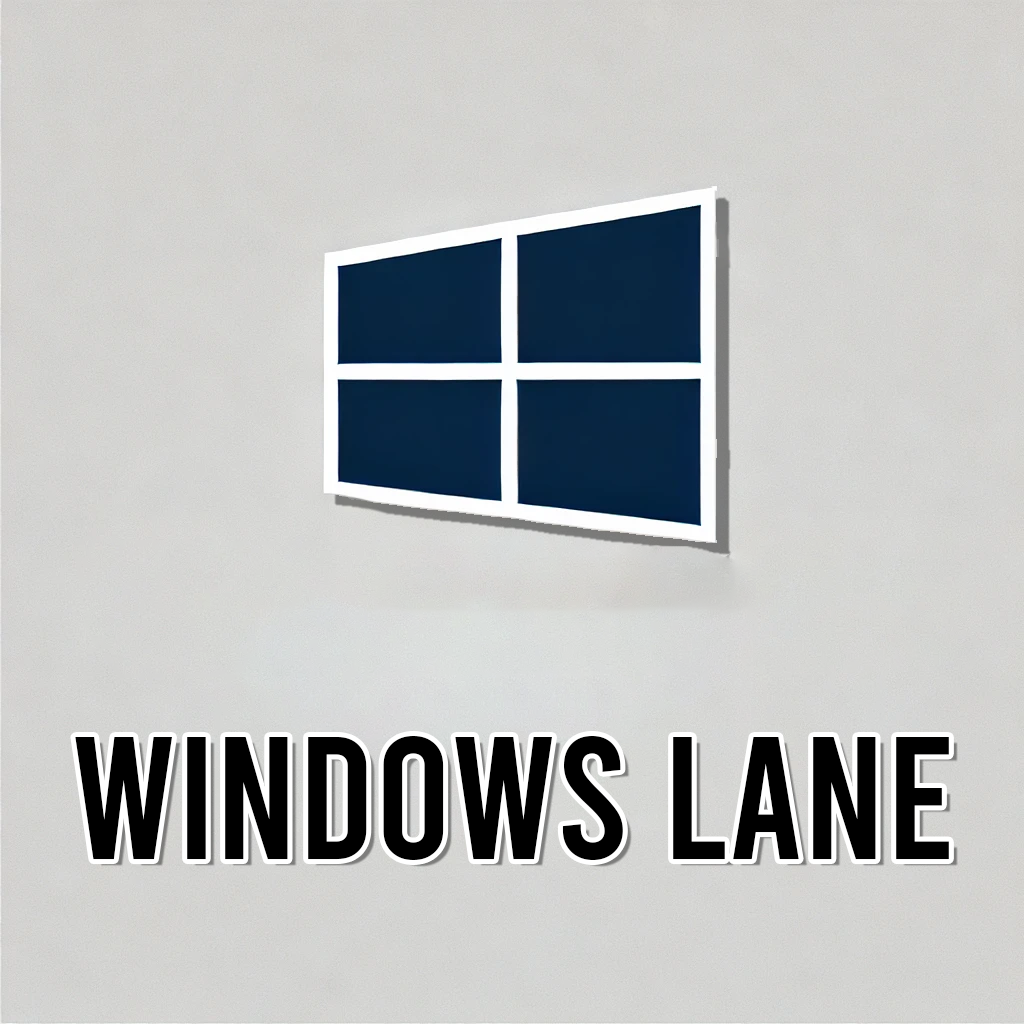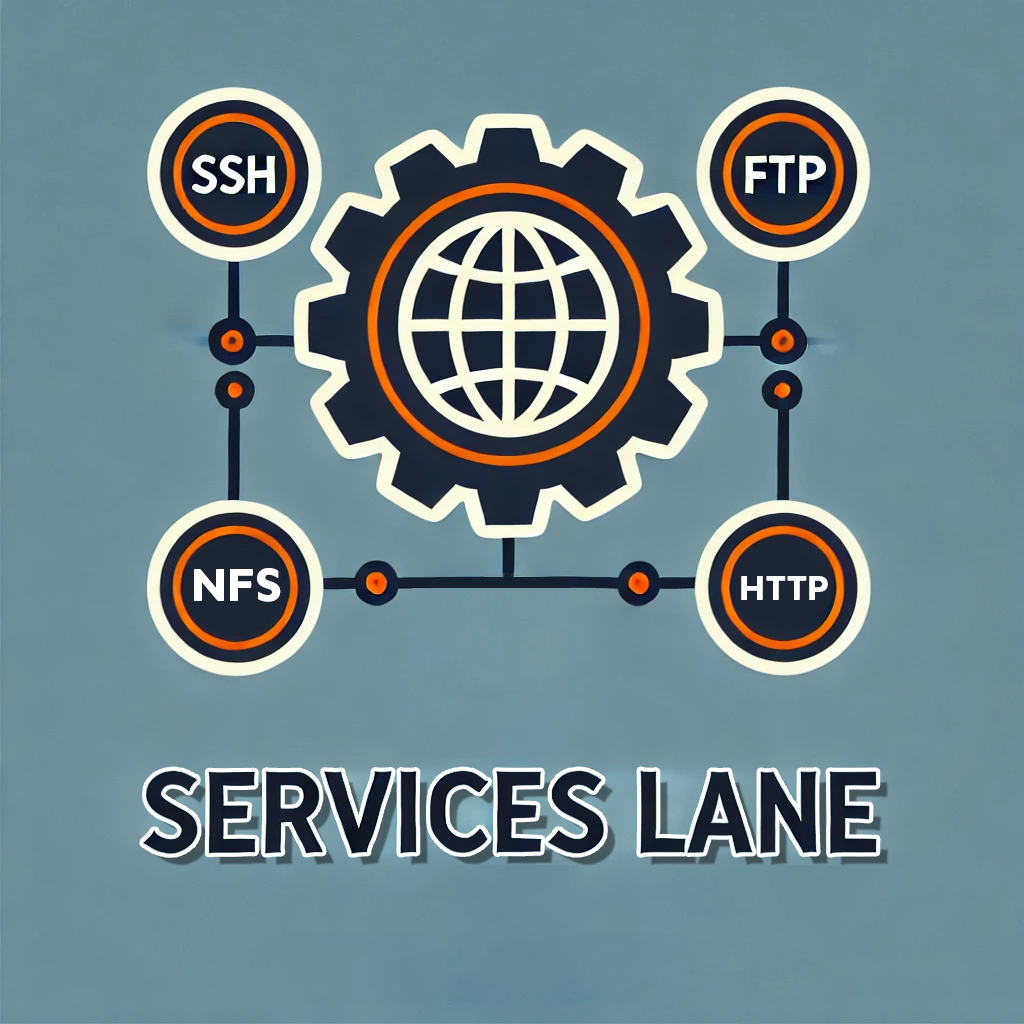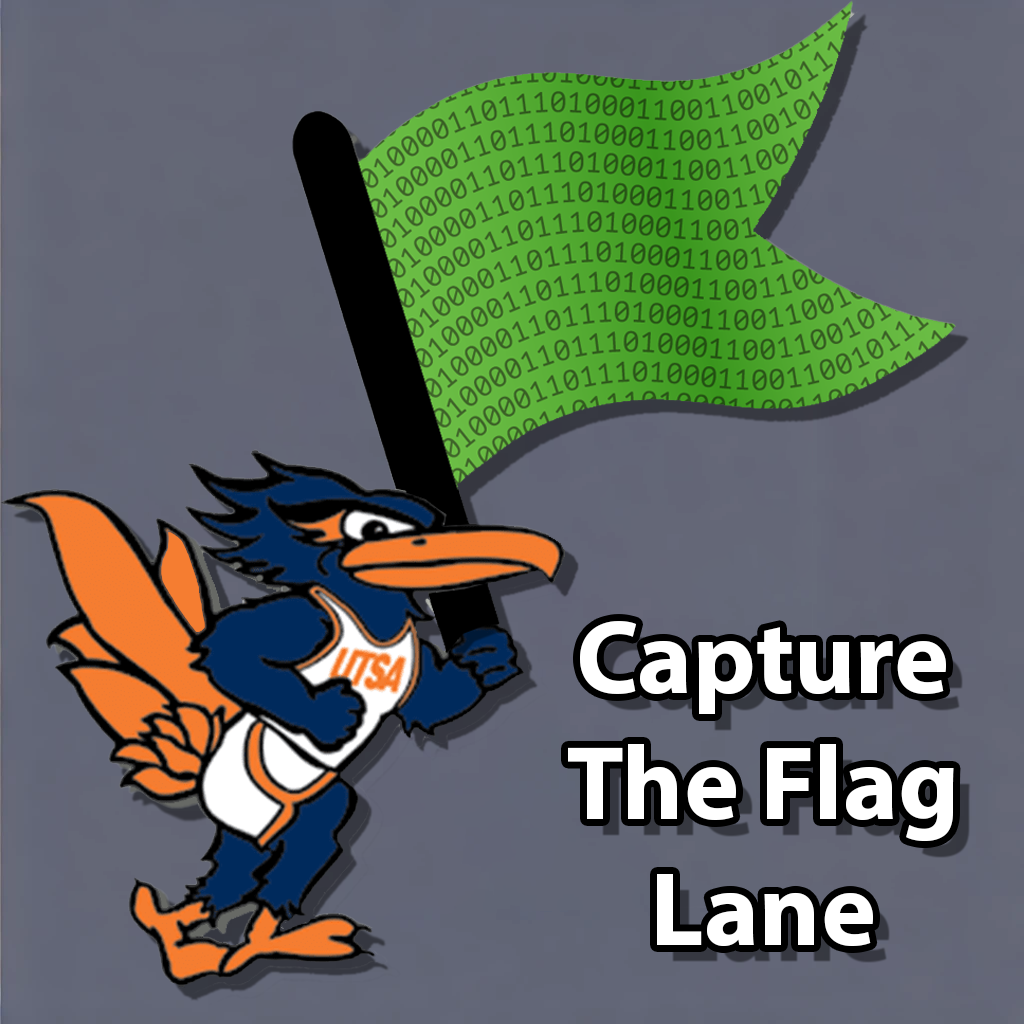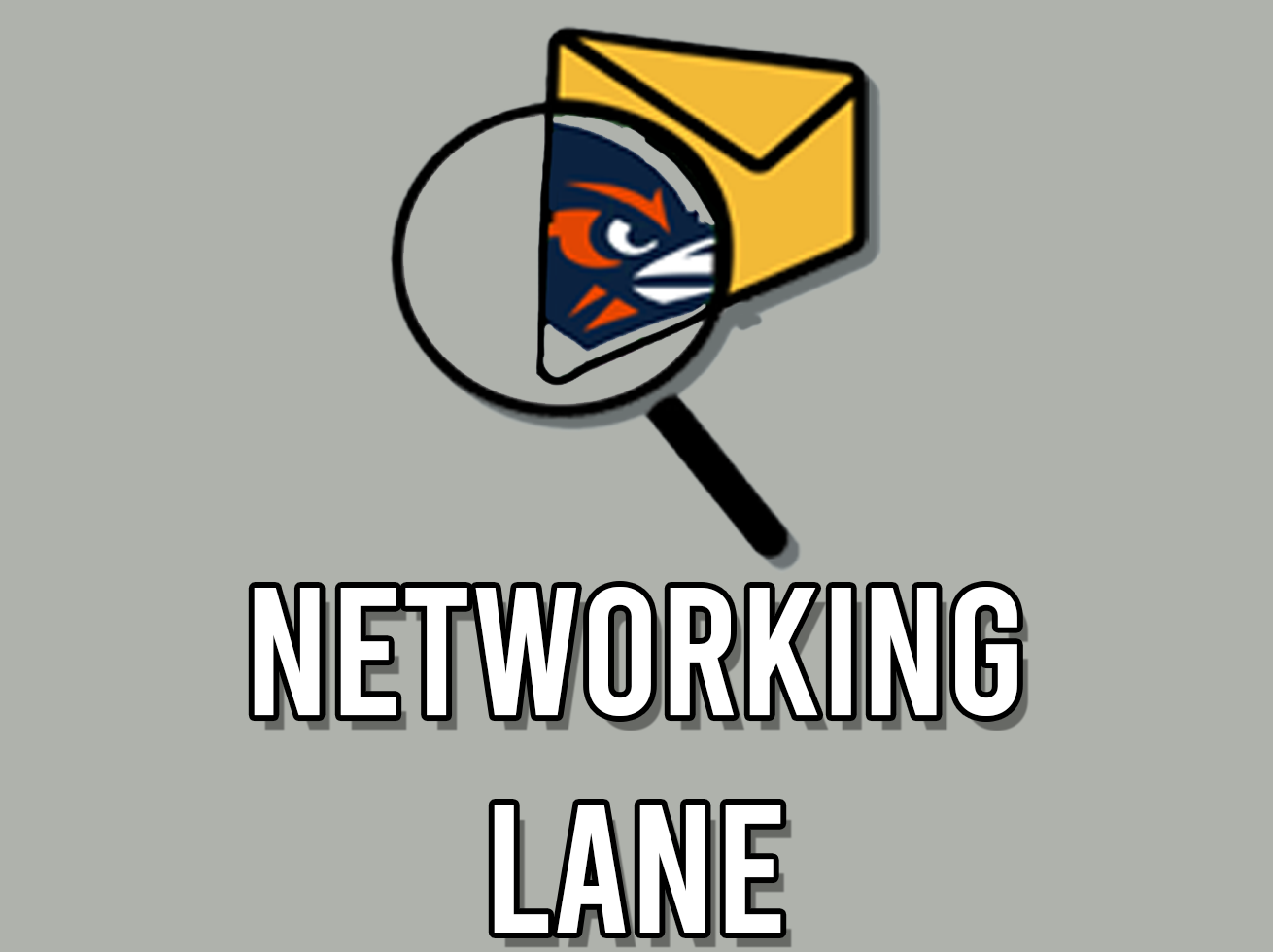
Welcome to the UTSA Learning League!
What this is: The Learning League is a response to a problem we've seen many students have in the past few years. Many students who want to join the Cyber Security field or students who've been in the field with little guidance, have a tough time knowing where to look for resources and when they ask for help, they'll receive answers such as "start a home lab" or "Do HackTheBox," when they don't even know basic Linux Commands. Our goal here is to provide students resources that are free/open-source and progressively help them gain the skills they need to effective utilize these platforms like HackTheBox. If you complete the courses here, you'll gain a solid foundation within the Cyber Security Industry.
What this is not: You will NOT become an expert by simply going through these courses. We are providing the resources you need to get started, but it is your job to keep using these resources to further your education! We may give you a lab on HackTheBox that goes over network reconnaissance, but afterwards, it's up to you to keep exploring HackTheBox for more labs for you to try. All of this is up to your motivation!
Below, you'll find a list of "lanes" you can participate in. Each lane will go over a specific topic. Some lanes will have prerequisites we encourage taking before continue down that path. They're currently organized in our recommended order but feel free to jump around and try whatever you feel! All courses can be accessed as GUEST. If asked, click "Access as a guest"







